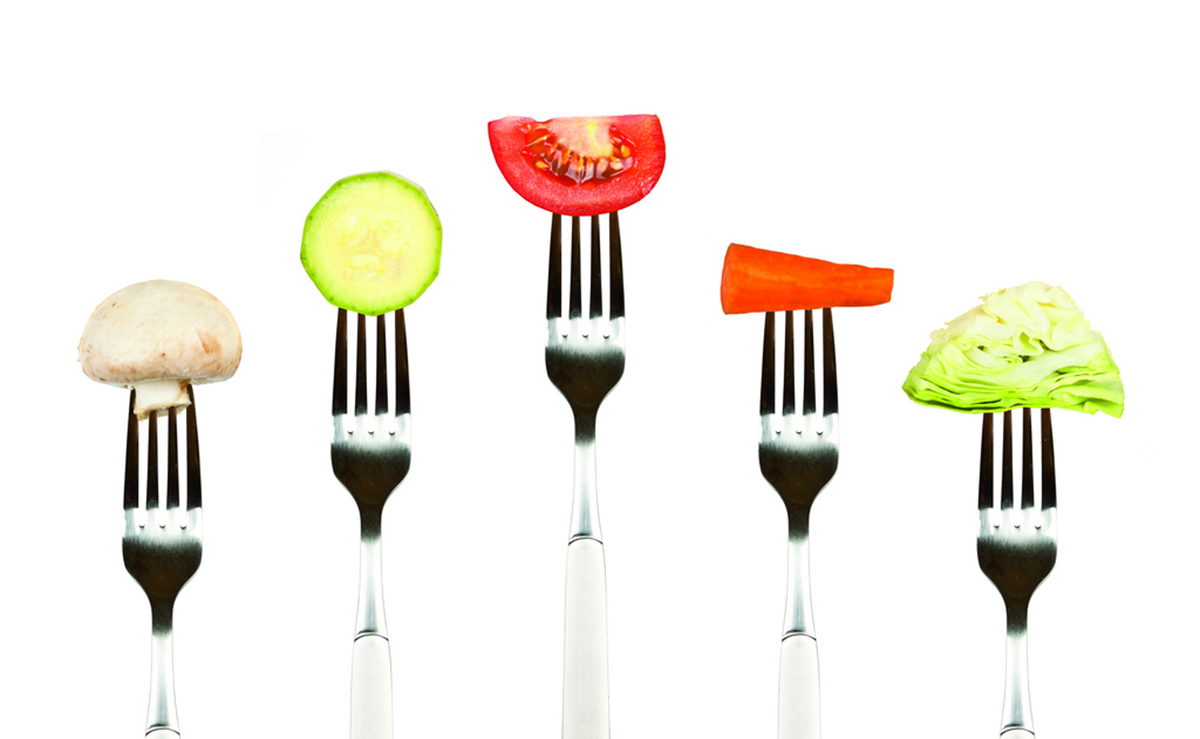Table of Contents
It's important to emphasize that you can't go wrong by eating any fruit or vegetable. Whatever you choose, you'll get amazing vitamins, nutrients, and minerals. I hate to weigh the benefits of healthy foods because I love them all equally — they're my babies — but research has shown that some red munchies dominate when it comes to antioxidants, even though it doesn't always have to be the case.
Red foods like guava, peppers, tomato products, strawberries, papaya, apricot or watermelon are very high in cartenoids — beta-carotene, beta-cryptoxanthin, and lutein — which all act as antioxidants when ingested in our bodies. Many epidemiological studies have shown that taking lycophene rich nutrition can lower the risk of cancer, especially prostate cancer.

Reds AND Greens — It's Not A Competition
Red and green grapes, red and green cabbage, red and green apples … Why are we given more than one kind of almost anything? It's simple. We are given more because they don't offer the same benefits. They have different nutrients, give different health benefits, and often even taste differently.
For example, red cabbage is loaded with extra nutrients like anthocyanins that can't be found in its green version. Anthocyanins — the antioxidants that red cabbage gets its color from — are flavonoids with proven health benefits. They are able to battle cancer and improve memory. They also contribute to weight-loss by assisting body to metabolize fat.
As in all things in life, we have exceptions here too. Although in most cases red color means more antioxidants, it's not always this way. Green apples have been proven to be healthier than their red counterparts. Same as it goes for taste, nutrient density of green and red apples is not the same.
Avocado is rich in cartenoids like neoxanthin, lutein, chrysanthemaxanthin, has large amounts of monounsaturated fatty acid, as well as vitamins C and E, some unusual phytosterols including campsterol, beta-sitosterol and stigmasterol, and anti-infammatory components including phytosterols and cartenoids. All these major carotenoids can also be found in tomatoes, but not as nearly much as in avocados.
READ Smile When You Eat Your Veggies - For Your Kid's Sake
Research conducted in Arkansas and published in the American College of Nutrition has shown that antioxidants from kiwifruit are absorbed by the body better than antioxidants from any other fruit. Researchers tested blood samples from seven women volunteers after eating 300 grams of kiwifruit per day. They took the blood before the women ate, and also 1.5, 3 hours and 4.5 hours after. They found that antioxidant intake score of kiwifruit was whooping 12.5, compared to 4.2 and 1.7 for grapes and strawberries. So, eating kiwis helps in absorption and better antioxidant metabolism. Also, Vitamin C in kiwifruit eliminates free-radicals responsible for inflammations and cancer.
- Photo courtesy of healthiermi: www.flickr.com/photos/healthiermi/7788255080/
- Infographic by SteadyHealth.com
- Photo courtesy of healthiermi: www.flickr.com/photos/healthiermi/7788255080/


Your thoughts on this